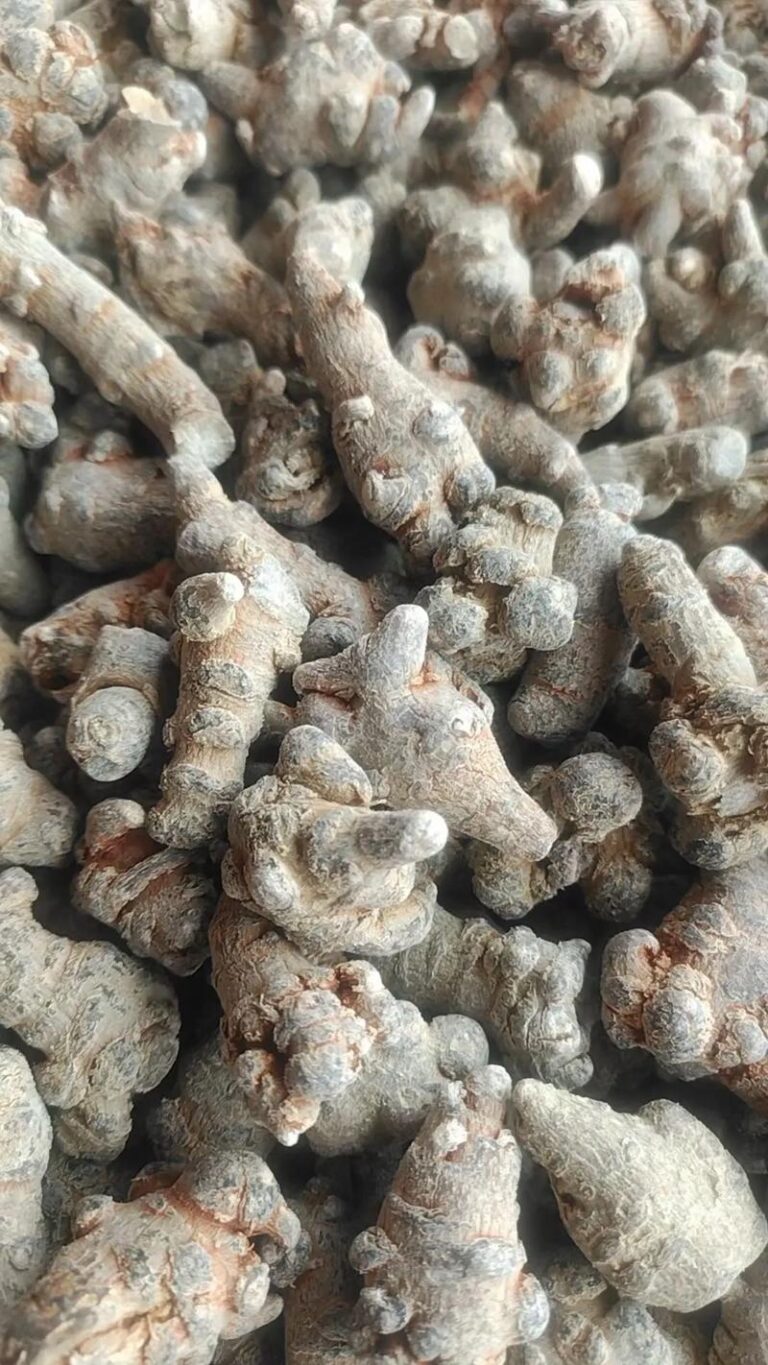Panax notoginseng, this taste is known as a precious Chinese medicinal material that is “not exchanged for gold”. Its quality directly affects the efficacy and value of the medicine. There are many levels of Sanqi in the market and the price difference is huge. How to accurately identify its level has become a must-have skill for consumers. This article will take you to gain an in-depth understanding of the key points of identification of ordinary, secondary, high-quality, green and organic Panax notoginseng, and help you purchase truly high-quality Panax notoginseng.
Three-Seven Grade Classification Standard
The Panax notoginseng grade is mainly divided according to indicators such as planting environment, growth period, processing technology and effective ingredient content. Ordinary Panax notoginseng is mostly 3 years old, and chemical fertilizers and pesticides may be used during the planting process; the second-grade Panax notoginseng has a slightly higher active ingredient content than ordinary Panax notoginseng; high-quality Panax notoginseng is usually 4 years old, and the saponin content is higher; green Panax notoginseng follows the standards of green Chinese medicinal materials, and the pesticide residues are extremely low; organic Panax notoginseng is the highest level, and it needs to pass organic certification to completely eliminate chemical substances.
Identification of appearance characteristics
The appearance of Panax notoginseng is significantly different in different levels. The heads of ordinary 37 are uneven, with rough surfaces and often scars; the second-level 37 is relatively uniform, and the epidermis is relatively complete; the high-quality 37 is full and conical, with smooth surfaces, and obvious copper and iron bone characteristics; the green and organic 37 are more refined in appearance, dark green in cross section, and obvious chrysanthemum center. The high-quality Panax notoginseng has a small cut (reed head) and the main root accounts for a large proportion, which is an important sign of high-level.
The judgment of color and texture
The higher the level, the more natural the color of the three-seven. Ordinary Panax notoginseng is gray or yellow in color, and may be bleached; high-quality Panax notoginseng is gray-brown or gray-yellow with a natural luster; organic Panax notoginseng is the darkest in color and is gray-green. In terms of texture, ordinary Panax notoginseng is fragile and has a rough cross-section; high-grade Panax notoginseng is as hard as stone, with a delicate cross-sectional texture. Put Panax notoginseng into the water, and the high-quality products sink quickly because of their high density.

Distinguishing smell and taste
Smelling smell is an important means of identification. Ordinary Panax notoginseng has a pungent earthy smell; high-quality Panax notoginseng exudes a strong ginseng flavor and is slightly bitter; organic Panax notoginseng has a natural herbal fragrance. When tasting the mouth, high-quality Panax notoginseng is bitter first and then sweet, and the bitter taste lasts for a long time; inferior products may have a sour and astringent odor. The bitter ingredient of Panax notoginseng is higher, which is the medicinal value.
Storage and Eating Suggestions
High-grade Panax notoginseng should be kept sealed and protected from light, as ordinary Panax notoginseng is more prone to mildew. When eaten, the high-quality Panax notoginseng powder is green in color, while the ordinary product is white in color. It is recommended to choose a whole piece of Panax notoginseng to powder by yourself to avoid purchasing powders that have been processed but have unknown sources.

